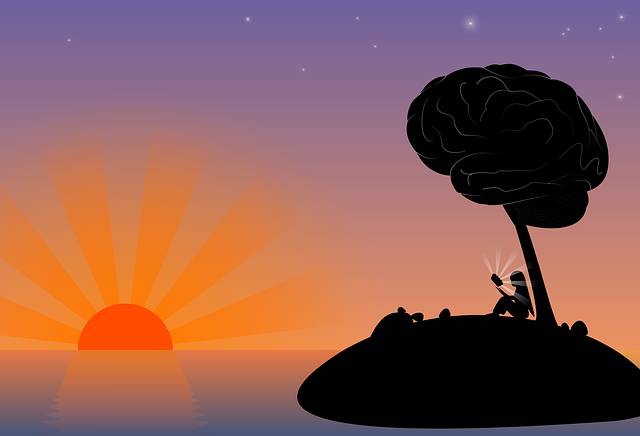The concept of transferring memories from one individual to another has long been a subject of fascination and speculation, often appearing in science fiction narratives. However, recent scientific research, particularly in the field of psychology, has begun to explore the possibility of such a phenomenon in more concrete terms. This exploration is significantly rooted in the study of a peculiar group of flatworms known as planarians.
Planarians are simple organisms that possess an extraordinary ability: they can regenerate their brains after suffering severe damage, such as decapitation. This regenerative process is fascinating on its own, but what's even more intriguing is the observation that these worms seem to retain the training they had received before losing their heads. This retention suggests a form of memory that persists beyond the physical structure of the brain, raising questions about the nature of memory and its potential for transfer.
The study of planarians in this context began as an attempt to understand the mechanisms of memory at a fundamental level. Researchers sought to uncover whether the memories of these worms were stored in their neuronal structures or if there was a more abstract, systemic form of memory that could survive the loss and regrowth of brain tissue. The results were initially promising, indicating that planarians could indeed retain certain learned behaviors even after undergoing brain regeneration.
However, a more controversial claim emerged from subsequent studies, suggesting that planarians might be capable of acquiring the memories of other worms through consumption. This hypothesis, while intriguing, has been met with skepticism due to the lack of concrete evidence supporting it. Critics argue that the observed behaviors could be the result of physiological changes rather than the transfer of memories.
The debate around memory transfer in planarians highlights the complexities involved in defining and studying memory. Memory is not a static entity but a dynamic process that involves multiple brain regions and systems. The idea that memories could be transferred from one organism to another challenges our current understanding of how memories are formed, stored, and retrieved.
Despite the challenges and controversies, the study of planarians offers valuable insights into the nature of memory. It prompts researchers to reconsider the boundaries of what is possible in the realm of memory science. As we continue to unravel the mysteries of memory through such studies, we may one day approach the realization of memory transfer, not just in simple organisms like planarians, but potentially in more complex beings, including humans.
In conclusion, the exploration of memory transfer through the study of planarians represents a significant leap in our understanding of memory and its potential. While the claims of actual memory transfer through consumption remain unsubstantiated, the observations of memory retention after brain regeneration open up new avenues for research. These studies not only challenge our current understanding of memory but also inspire future investigations into the profound implications of memory science.




发表评论 取消回复